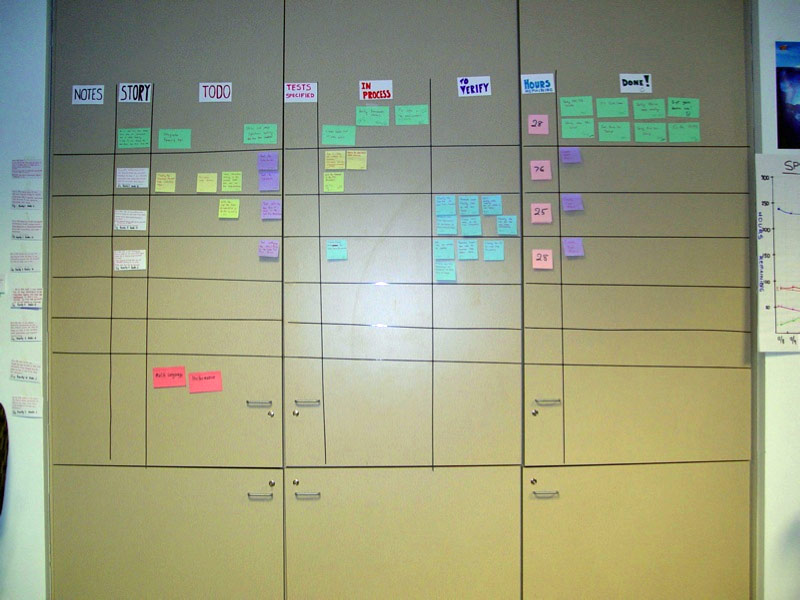

They also provide a way for you to update a field without opening the work item. Information rich cards not only provide at-a-glance information of interest to you and your team. Each sprint Taskboard shows cards that correspond to both requirements and tasks. Scrum teams use the Taskboard to burn down work and report on progress during daily stand ups. Then, hover over the column and choose the :::image type="icon" source="./media/icons/trash-can.png" border="false"::: delete icon.Īdd fields to cards on a sprint taskboard If it does, move the items to another column. To delete a column, first make sure that the column doesn't contain any work items. To change the column order, hover over the column and choose the :::image type="icon" source="./media/icons/grabber.png" border="false"::: grabber icon and drag it up or down within the list of columns. To learn more about each state, see Workflow states and state categories.

At least one column must map to Proposed and one column must map to Completed. There are four category states: Proposed, Committed, In Progress, and Completed. Similar to the Kanban board, each column must map to a category state. In this example, we add a column named Review and set the Task to In Progress. In the Customize Columns dialog, choose the column you want to rename, or choose Add Column. Remember, only team or project administrators can customize the taskboard. The changes made apply to all sprint taskboards for the selected team.įrom your web browser, open your team's sprint Taskboard as described in Update and monitor your Taskboard. You'll see different column titles and choices based on the process used to create your project and whether your team has chosen to treat bugs like requirements or like tasks.Ĭolumns you add to a Taskboard aren't supported with corresponding fields such as the Kanban board columns you add which is supported with Board Column field. You can add columns or rename columns that appear in your Taskboard. ::: moniker range="= azure-devops-2020" Add columns For details, see Customize an inheritance process. You can also add custom work item types and custom backlog levels. You customize a WIT by adding fields, changing the workflow, adding custom rules and more. You can customize a work item type which is different then customizing the card displayed on the Taskboard. Includes adding the Parent field to cards. Similar to the Kanban boards, you can customize cards and add columns.Īdd or remove columns shown on Taskboard. They're different in the ways summarized in Backlogs, Boards, and Plans. Sprint Taskboards are similar to Kanban boards because they show work items as cards instead of as lists. Shell added extra ‘wings’ to add some dimensionality to the piece.Customize cards on a sprint taskboard in Azure Boards

Also, it’s lightweight, has some flex to it, takes paint and glue beautifully and (most importantly) it can be and I set out to make a mask out of it, using some plastic masks I got at a hobby store as a mold for the drew up a mask outline with some feather and mask inspiration I sent her, we cut it on chipboard to test and iterate and ended up with a final design. You can wet it and mold it into things and then dry it and it will hold the new shape. It is like a moldable, sandable chipboard. We were excited to try it out since reading about it on the forum here.

On laser thursday I asked about making a leather mask and then wet forming it (which I had never done), and Shell introduced me to this new material we got in called Taskboard. There are a lot of cool masks out there, but my favorites were all very expensive and still not very comfortable, so I decided I would just make my own. Nobody in our group had masks, so we went mask shopping. My sister came to visit and one of the things we did while she was here was go to a masquerade ball at the EMP.


 0 kommentar(er)
0 kommentar(er)
